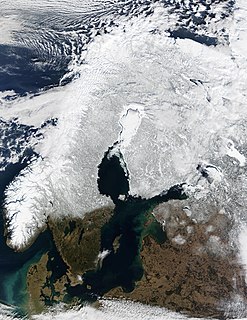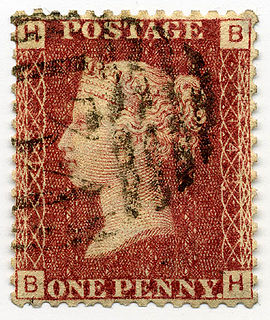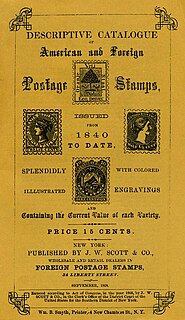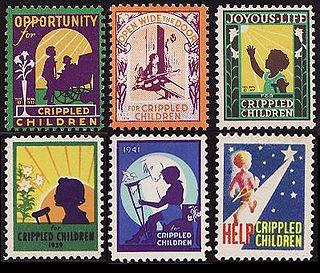
The Facit catalog is a specialized postage stamp catalog for the countries of Scandinavia. [1] First published in 1947, it is the most detailed and complete catalog available for philatelists interested in the stamps of Denmark, Faroes, Finland, Iceland, Norway, Sweden, Greenland, Åland, and the Danish West Indies. Although published in Sweden, the language of the catalog is now English.

A stamp catalog is a catalog of postage stamp types with descriptions and prices.

Scandinavia is a region in Northern Europe, with strong historical, cultural, and linguistic ties. The term Scandinavia in local usage covers the three kingdoms of Denmark, Norway, and Sweden. The majority national languages of these three, belong to the Scandinavian dialect continuum, and are mutually intelligible North Germanic languages. In English usage, Scandinavia also sometimes refers to the Scandinavian Peninsula, or to the broader region including Finland and Iceland, which is always known locally as the Nordic countries.

Denmark, officially the Kingdom of Denmark, is a Nordic country and the southernmost of the Scandinavian nations. Denmark lies southwest of Sweden and south of Norway, and is bordered to the south by Germany. The Kingdom of Denmark also comprises two autonomous constituent countries in the North Atlantic Ocean: the Faroe Islands and Greenland. Denmark proper consists of a peninsula, Jutland, and an archipelago of 443 named islands, with the largest being Zealand, Funen and the North Jutlandic Island. The islands are characterised by flat, arable land and sandy coasts, low elevation and a temperate climate. Denmark has a total area of 42,924 km2 (16,573 sq mi), land area of 42,394 km2 (16,368 sq mi), and the total area including Greenland and the Faroe Islands is 2,210,579 km2 (853,509 sq mi), and a population of 5.8 million.
Catalog content is developed by a committee of 20 leading philatelists. Beginning with the 2007 catalog, and following a trend among catalog publishers, images of the stamps are printed in color.
Specific recent versions of the catalog include:
- FACIT 2007 Special (2007) - includes all countries, and a handbook section with informative articles
- FACIT Postal VII (2004) - postal history and postmarks of Sweden
- FACIT Sverige 2005 (2005) - nonspecialized catalog for Sweden only
- FACIT Special Classic (2018) - includes all countries with varieties and specialties up to 1951.

Postal history is the study of postal systems and how they operate and, or, the study of the use of postage stamps and covers and associated postal artifacts illustrating historical episodes in the development of postal systems. The term is attributed to Robson Lowe, a professional philatelist, stamp dealer and stamp auctioneer, who made the first organised study of the subject in the 1930s and described philatelists as "students of science", but postal historians as "students of humanity". More precisely, philatelists describe postal history as the study of rates, routes, markings, and means.

A postmark is a postal marking made on a letter, package, postcard or the like indicating the date and time that the item was delivered into the care of the postal service. Modern postmarks are often applied simultaneously with the cancellation or killer that marks the postage stamp(s) as having been used, and the two terms are often used interchangeably, if incorrectly. Postmarks may be applied by hand or by machines, using methods such as rollers or inkjets, while digital postmarks are a recent innovation. The local post Hawai'i Post had a rubber-stamp postmark, parts of which were hand-painted. At Hideaway Island, Vanuatu, the Underwater Post Office has an embossed postmark.
The catalogs are published by Facit Förlag AB, located in Västerås, Sweden.

Västerås is a city in central Sweden, located on the shore of Lake Mälaren in the province Västmanland, some 100 kilometres west of Stockholm. The city had a population of 119,372 inhabitants in 2016, out of the municipal total of 150,000 (2017). Västerås is the seat of Västerås Municipality, the capital of Västmanland County and an episcopal see.












